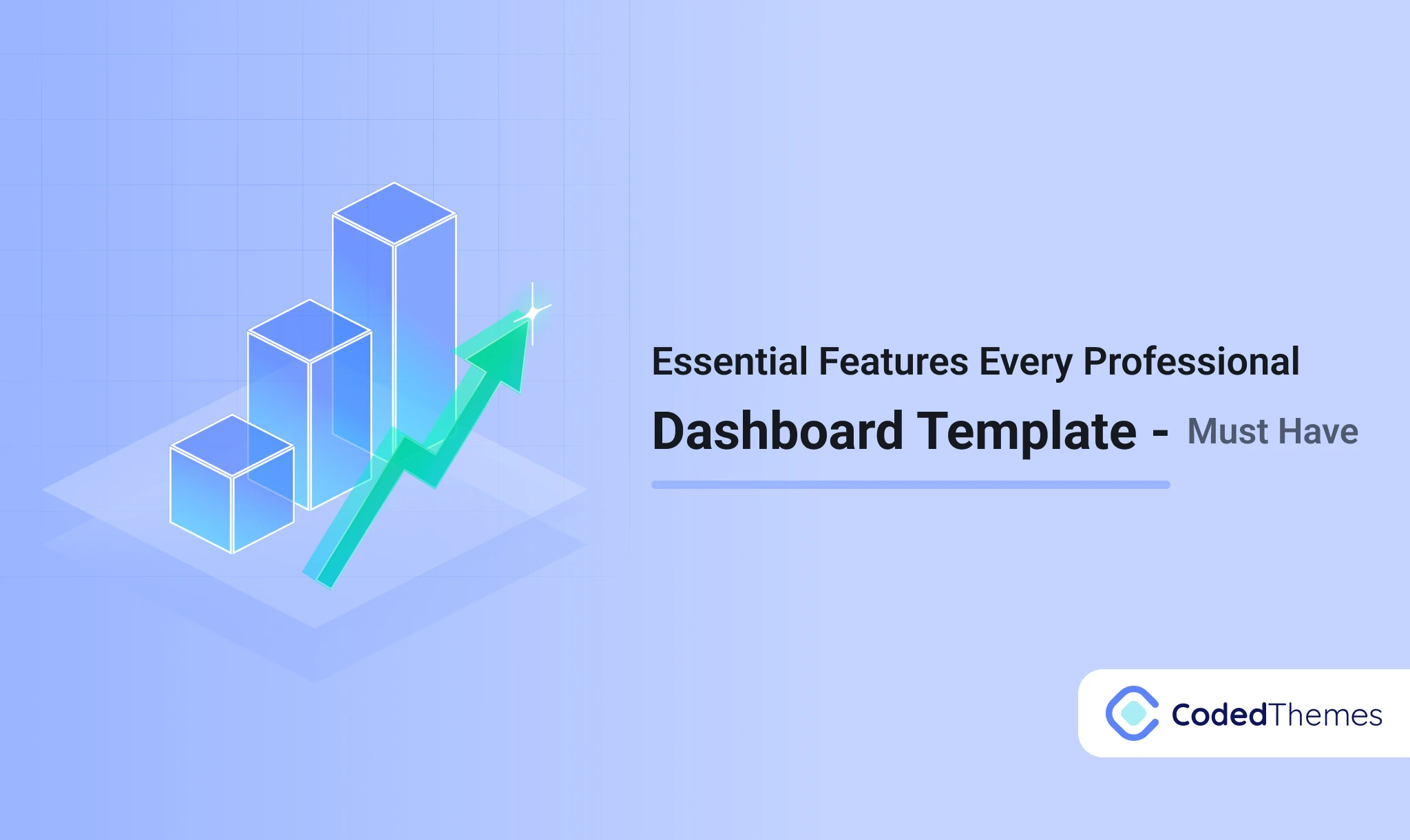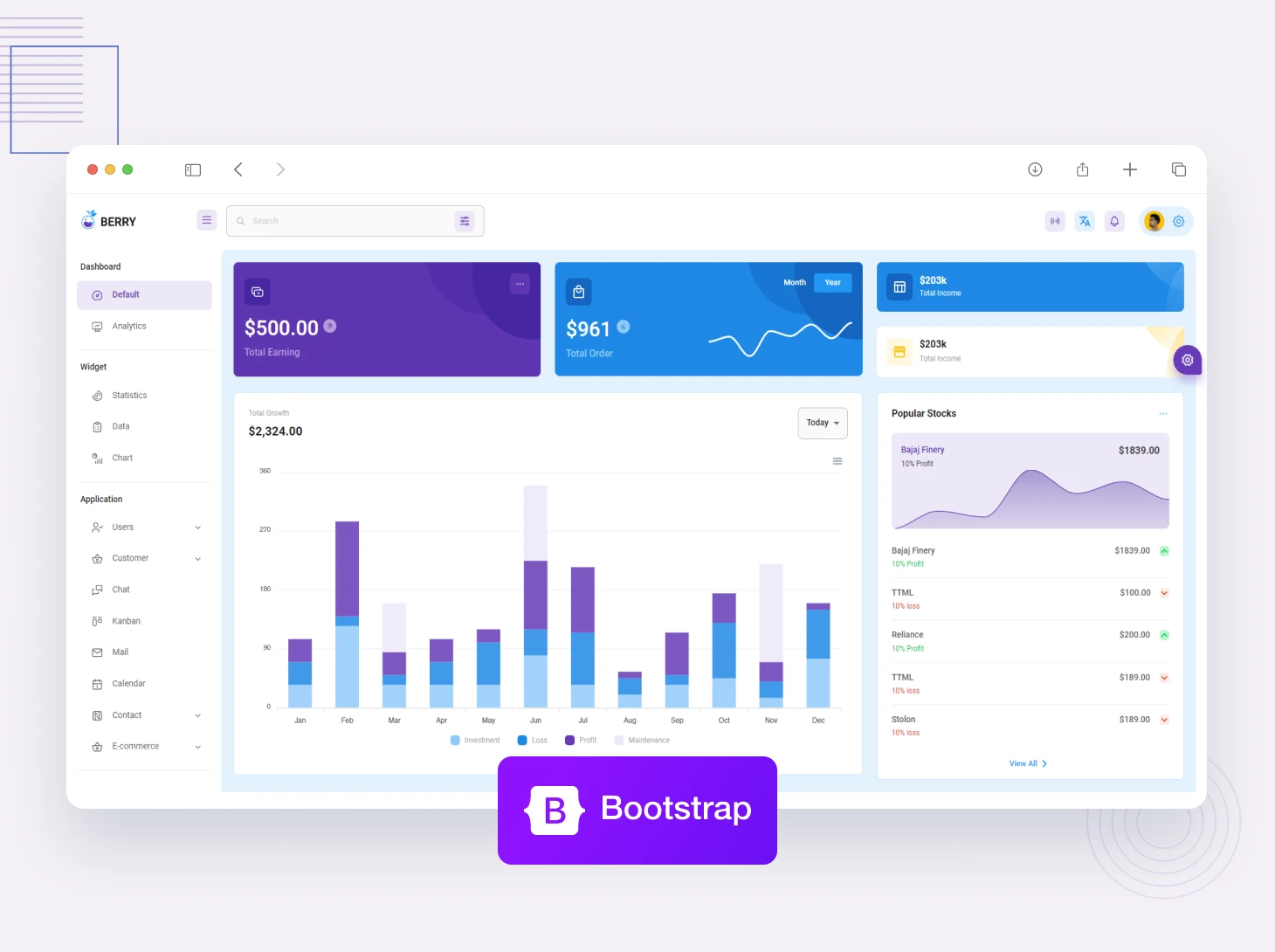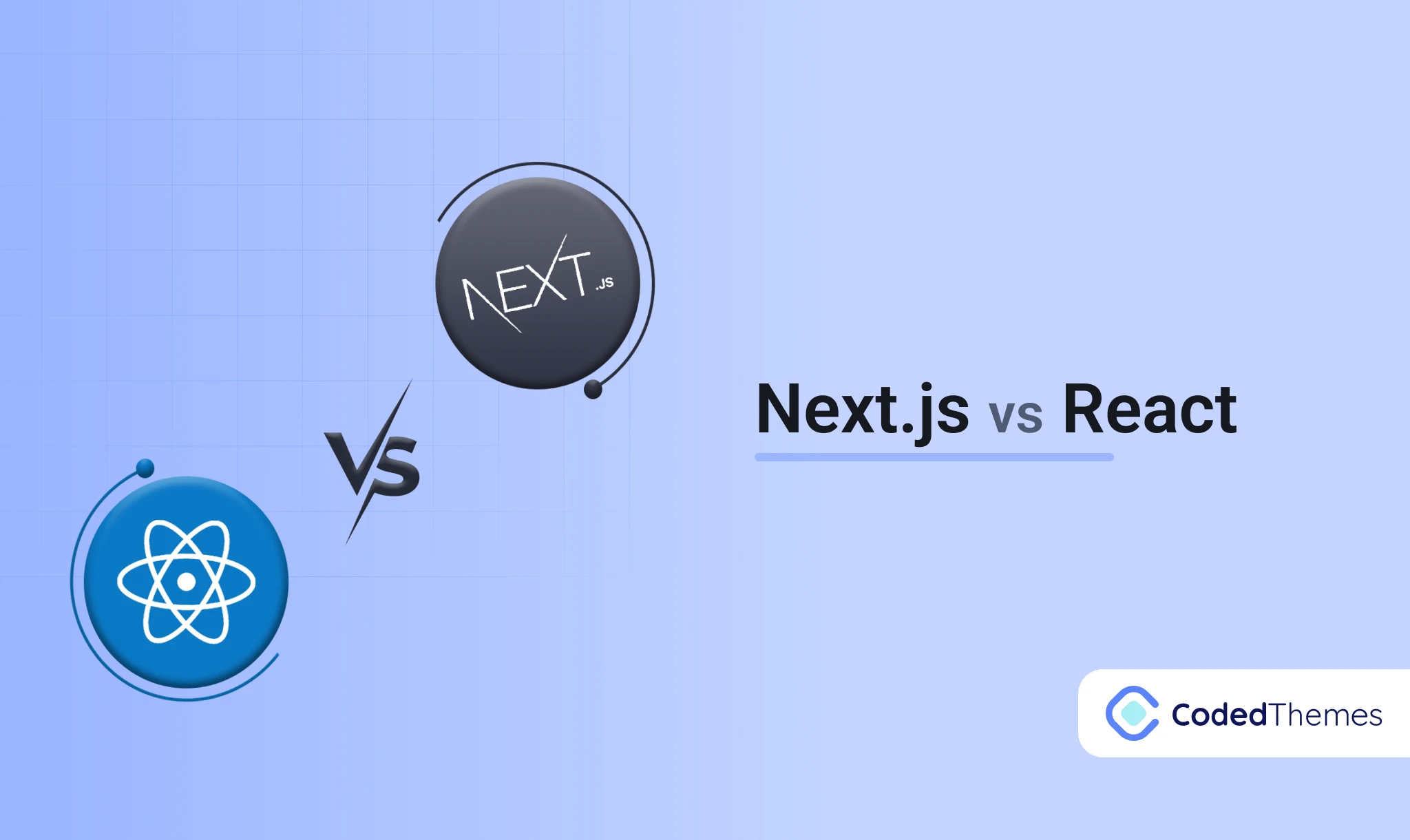The last time React put out a new version was on June 14, 2022, and it was called 18.2.0. In the world of building websites and apps, React is super popular. But it’s been a while since they gave us something new to work with. This made some important people in the React community unhappy.
Now, after a lot of people got upset, React has finally announced a new version.
React’s team explained why it took so long to release something new. They said the features they’ve been working on needed a lot of time to make sure they all fit together well. They’ve been adding these features gradually to what they call the Canary version, which is like a test version.
Even though they haven’t officially released a new version in almost two years, they’ve been updating the Canary version with some pretty cool stuff, like new hooks and directives. These updates have made React even better, especially for making full-stack frameworks like Next.js and Remix.
React’s team confirmed that the next big release will be called version 19.0.0. So, exciting things are on the way!
New Features in React v19
1. React Compiler
A major leap in React’s capabilities, React Compiler is now powering Instagram.com in production and is no longer just a research project. By implementing an optimized compiler, it solves the problem of excessive re-renders on state changes.
This compiler eliminates code bloat by automatically re-rendering certain UI elements when the state changes, in contrast to human memoization. It guarantees performance and safety by adhering to JavaScript and React guidelines.
Tools such as Strict Mode and React’s ESLint plugin allow developers to validate their code. With plans for an open-source release, the compiler—which is now operational on Instagram.com—is primed for additional integration across Meta surfaces.
2. Actions
Action is game changer in this version. You can pass a function to DOM elements using actions, such
<form action={search}>
<input name="query" />
<button type="submit">Search</button>
</form>It is possible for the action function to function asynchronously or synchronously. It can be defined using the 'use server' directive on the server or on the client side using regular JavaScript.
When an action is used, React handles the data submission life cycle and provides hooks like useFormStatus and useFormState to retrieve the state and response of the active form action.
Actions are submitted by default inside of a transition, preserving the current page’s interactivity while processing. Async/await in transitions allows for the use of async functions and allows the display of pending user interface (UI). The isPending state is used to indicate that processing is still happening during asynchronous requests, such as data fetching.
3. Directives: use client and server
After being included in the Canary version for some time, the use client and use server directives will be the part of the Stable version as of v19.
When Next.js used these two directives in production, the React team was often criticised in the community for enabling Next.js to use unstable features ahead of schedule and for allegedly harming the React ecosystem.
If you’re utilising React instead of a full-stack framework, you just need to comprehend these two directives’ purposes: The “split points” between the server-side and front-end contexts are indicated by the use client and use server commands.
The packaging tool is instructed to construct a <script> tag by use client and to create a POST endpoint by use server. Developers can write server-side and client-side code in the same file thanks to these directives.
4. useOptimistic for Optimistic Updates
In v19, the new hook useOptimistic is probably going to be tagged as stable. During asynchronous actions (like network requests), useOptimistic enables you to refresh the user interface in an optimistic manner.
It returns a replica of the state that might change during the asynchronous operation, accepting as inputs the current state and an update function. It is necessary to supply a function that receives the input of the operation and the current state, returns the optimistic state to be utilised in the interim until the operation is completed.
This is its definition:
const [optimisticState, addOptimistic] = useOptimistic(state, updateFn);
// or
const [optimisticState, addOptimistic] = useOptimistic( state,
// updateFn
(currentState, optimisticValue) => {
// merge and return new state with optimistic value
}
);5. Document Metadata
Components such as “title,” “meta tags,” and “description” are essential for both accessibility and SEO optimization. It might be a pain to manage these items across several routes in React since single-page applications are common.
At the moment, developers frequently use packages like react-helmet or write custom code to manage route changes and update metadata appropriately. This is a tedious and prone-to-error process, particularly when working with SEO-sensitive aspects such as meta tags.
6. Asset Loading
You must carefully control how quickly and smoothly your applications load in React, especially when using images and other asset files.
Stylesheets, fonts, and graphics are usually rendered in the browser after the view. This may cause a flicker between a stylized view and non-styled content or a flash of unstyled content.
Developers frequently use custom code to determine when these assets are ready in order to mitigate this issue and make sure the view is displayed only after everything has loaded.
When a user navigates the current page with React 19, photos and other files will load in the background. This enhancement ought to facilitate faster page loads and shorter wait times.
Additionally, React is offering lifecycle Suspense for loading assets, including fonts, stylesheets, and scripts. With this feature, “unstyled” flickering is eliminated, as React is able to detect when the information is ready to be displayed.
To give users more control over when a resource loads and initializes, new Resource Loading APIs like preload and preinit have been introduced.
React 19 minimizes waiting times and makes sure users can engage with the content uninterrupted by letting assets load asynchronously in the background.
Check Out – Next.js vs React
Updating to React 19
To transition your current application to React 19, adhere to the following guidelines:
- Evaluate Your Application: Comprehend how the modifications will affect your existing
- Implement Changes Gradually: Introduce adjustments incrementally to prevent disruptions to your application’s functionality.
- Utilize Codemods: Employ tools like codemods to automate the updating.
- Conduct Comprehensive Testing: Perform thorough testing to confirm.
- Enable Strict Mode: Activate Strict Mode to identify potential issues at an early.
As of now, there is no official React 19 release date announced. However, the React team has indicated that it will be released sometime this year.
Key Points regarding React 19 and its Features:
- React 19 is currently under development, with an expected official release in June or July
- React 19 will introduce support for new web platform APIs, including the replace text
- Emphasis is placed on “progressive enhancement,” focusing on features that enhance performance and developer experience without being
- The upgrade process should be relatively seamless for most React applications, although some potentially disruptive changes are planned to streamline the codebase.
You might also like – Open Source React Chart Libraries
Conclusion
With revolutionary features like the React Compiler and Actions, React 19 dramatically improves data handling and UI optimisation. These improvements simplify the development process, increasing the effectiveness and developer friendliness of React apps.
React is still developing, but it provides a more user-friendly and robust framework for creating dynamic online apps by automating optimisations and streamlining form management.











One reply on “What’s New in React 19?”
Great insights into React 19’s new features! The improvements in concurrency and server-side rendering, along with the refined hooks, are really exciting. Can’t wait to see how these enhance app performance!